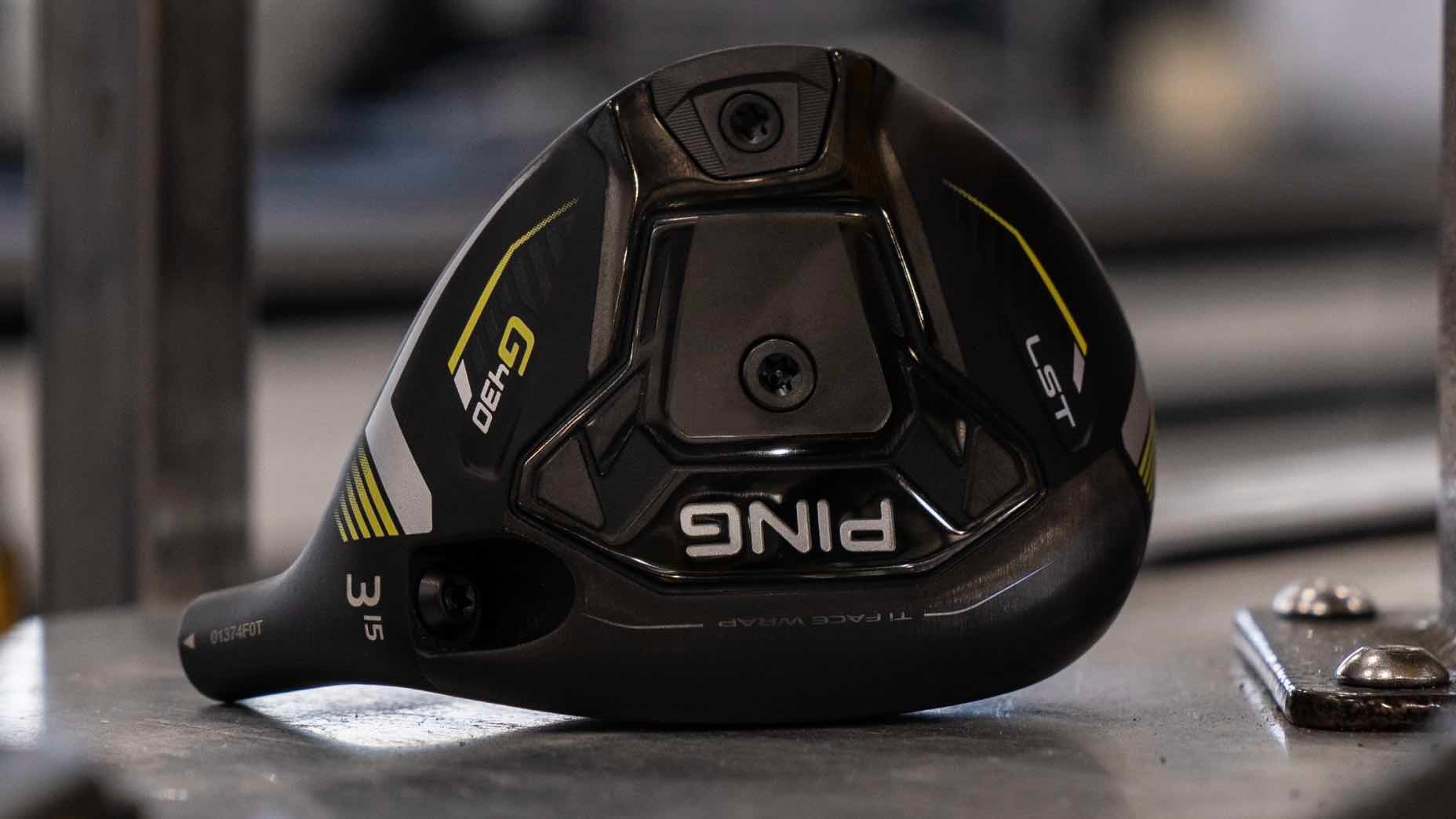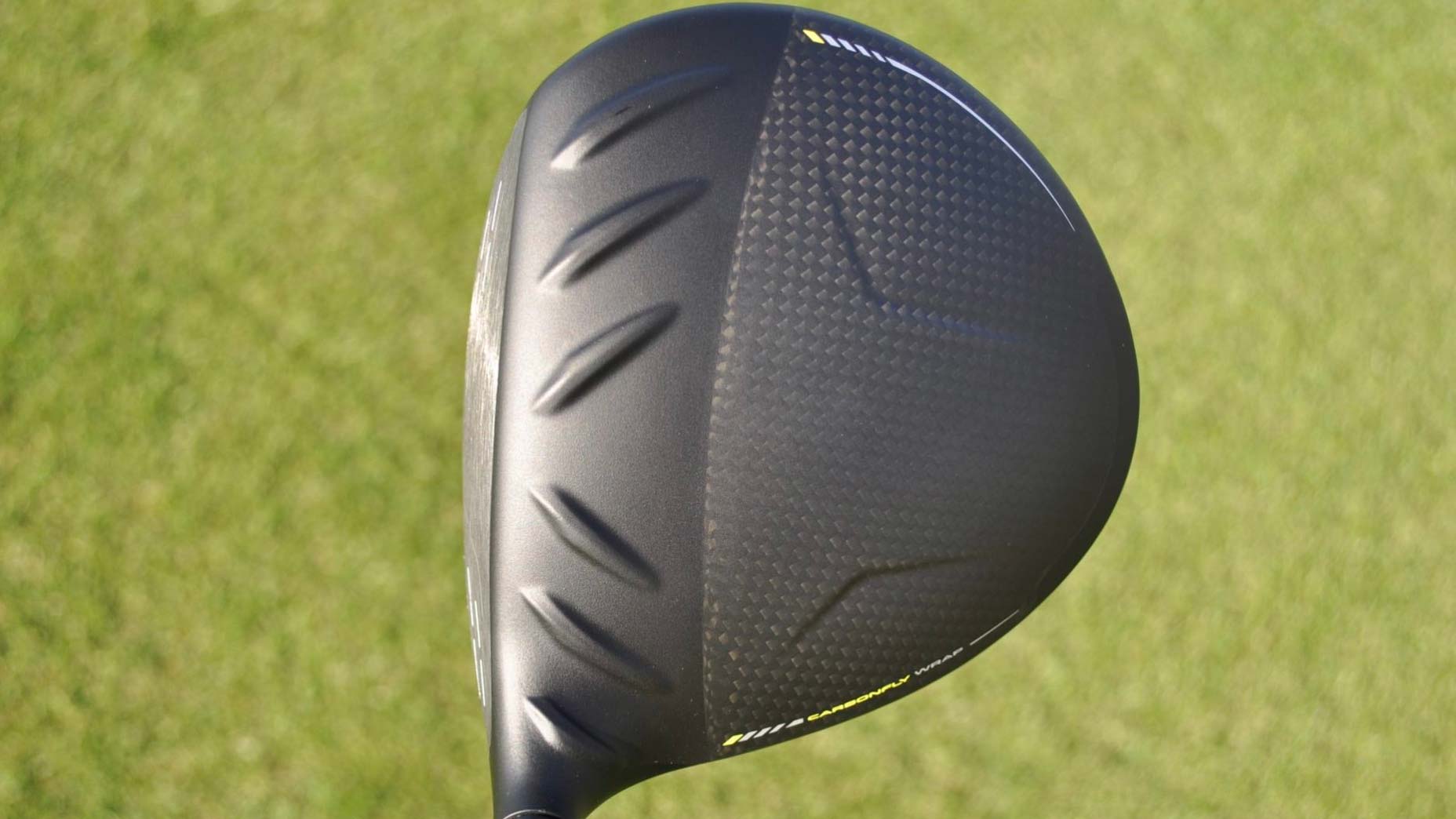4 ways to gain big distance, according to Ping fitting expert and PGA Tour player Marty Jertson

Getty Images
Not that it ever went away, but distance is an especially hot topic right now in the golf world. Bryson DeChambeau is hitting 400-yard bombs and testing 48-inch drivers, Phil Mickelson is planning to use a 47.5-inch driver at The Masters, and Rory McIlroy recently cracked the 190 mph ball speed mark.
What does this mean for amateurs at home, though? Should they be chasing more distance just like the pros?
To figure that out, we asked one of the smartest people in golf: Marty Jertson. Not only is Jertson currently the VP of performance and fitting at Ping, but he also used to design clubs for the company, and he’s a PGA Tour player who’s competed in six major championships to date.
Recently, Jertson joined our gear-focused Fully Equipped podcast where he discussed the distance craze, whether you should chase distance or not, and how he himself, as a 40-year-old, has picked up distance in the last couple years. Jertson says that more distance is a worthwhile chase to make since it positively impacts other areas of the game, as well.
“I’m right in there with everybody [in trying to gain distance],” Jertson told Fully Equipped. “Distance is a meta-skill. Speed is a meta-skill. It’s a skill that gives you an exponential and nonlinear advantage, and I think that all the modern stats have exposed that. I’m certainly trying to gain distance.”
For Jertson, the 2018 PGA Championship at Bellerive was an eye-opener.
“I played with Kevin Chappell and Luke List 2 years ago at the PGA Championship in Bellerive, and Chappell was about 20 yards by me and Luke List was another 20 in front of that,” Jertson said. “I got home from that tournament and said if I want to hang out here in these big tournaments, I have to pick up some speed.”
A year later at the 2019 PGA Championship at Bethpage Black, Jertson’s distance gains paid off and he made the cut that week.
With a wealth of knowledge about golf clubs and the golf swing, Jertson used a four-pronged, cumulative approach to gaining distance: 1) strength training, 2) speed training, 3) fitting optimization, and 4) technique.
Let’s take a deeper dive into Jertson’s four-way strategy to picking up distance. Hopefully this helps your game as it helped Jertson’s.
To listen to the entire interview with Jertson, click on the Spotify embed below, or click here to listen on iTunes.
1) Strength Training
Jertson, who works with biomechanics expert Dr. Sasho MacKenzie, says his workouts focus around deadlifting using a hexagonal deadlift bar in his garage 2-3 times per week.
He says that deadlifting “builds your potential for speed, or your potential to increase vertical force.” Also, according to Jertson, strength training ensures your body can handle faster speeds safely and prevent injury.
2) Speed Training
Speed training, as Jertson explains, is different than strength training. For Jertson, he uses a system where he swings sticks at high speeds that are either lighter or heavier than his driver weight.
“That helps you with the neural component of applying force,” Jertson says. “Applying that impulse and that force to the handle very quickly or for a long period of time. You want to do both of those things and harmonize that training program together. That’s what I’ve been doing, in addition to the fitting and equipment side of things.”
Assuming your training works and you pick up legitimate speed, remember that the newfound increases may impact ball flight.
“If you just pick up club head speed, let’s say you add 5 mph of club head speed, and you have the same three-dimensional dynamics of delivery at impact, you’re going to generate 200-300 more rpm of spin; just from the speed component alone,” Jertson says. “As you get more speed, you have to get re-fit or keep in tune with fitting your driver. Unfortunately, if you’re aging and losing speed, you have to do the opposite obviously.”
3) Fitting optimization
As the fitting expert at Ping, and a former club designer, surely Jertson doesn’t need much help dialing in his own specs. Jertson did reveal, however, that Ping has a numerical system when it comes to evaluating a new driver or setup.
He says that, at least for Tour players, there should be a 3:1 distance-to-dispersion ratio. That means that for every three additional yards you pick up versus another driver, you can withstand one additional yard offline on average and still have the same Strokes Gained: Driving. Obviously, the goal with any fitting process is to pick up speed and accuracy, but if you’re stuck with a decision between two drivers this may be helpful.
Jertson also recommends looking at the overall story of a new driver, not just your best shot with that club. He recommends looking at both the good hits and the off-center strikes to get a glimpse of how the driver will perform on the golf course.
He also recommends looking at ball speed instead of smash factor, too.
4) Technique
Every golfer is different, so you’ll want to work with a professional instructor before making any swing changes. For Jertson, at least when it comes to picking up driver distance, he says he works on hitting more upward on the golf ball; that’s to say to hit with an upward angle of attack.
Hitting up on the ball typically allows for higher launch, less spin, and a more optimized ball flight overall off the tee.
Remember, though, this isn’t necessary to become a great driver of the golf ball. He noted on the Fully Equipped podcast that Lee Westwood averages a downward angle of attack of 4 degrees, and the long-driving Cameron Champ is 2 degrees down.
To listen to the full podcast with Marty Jertson, check out the Fully Equipped podcast on Spotify below!














